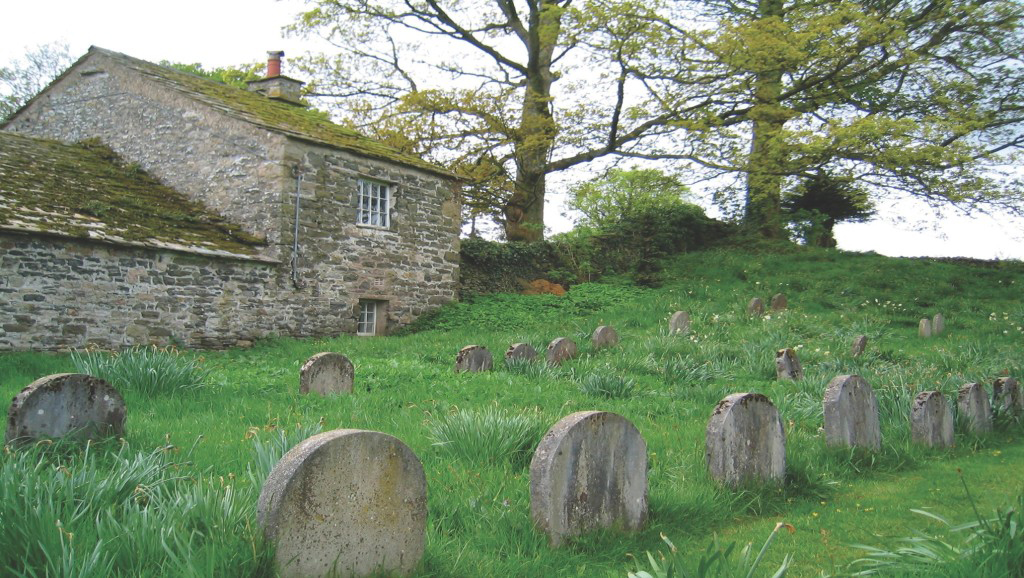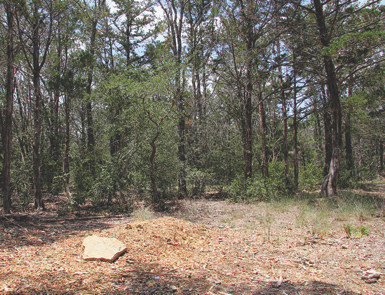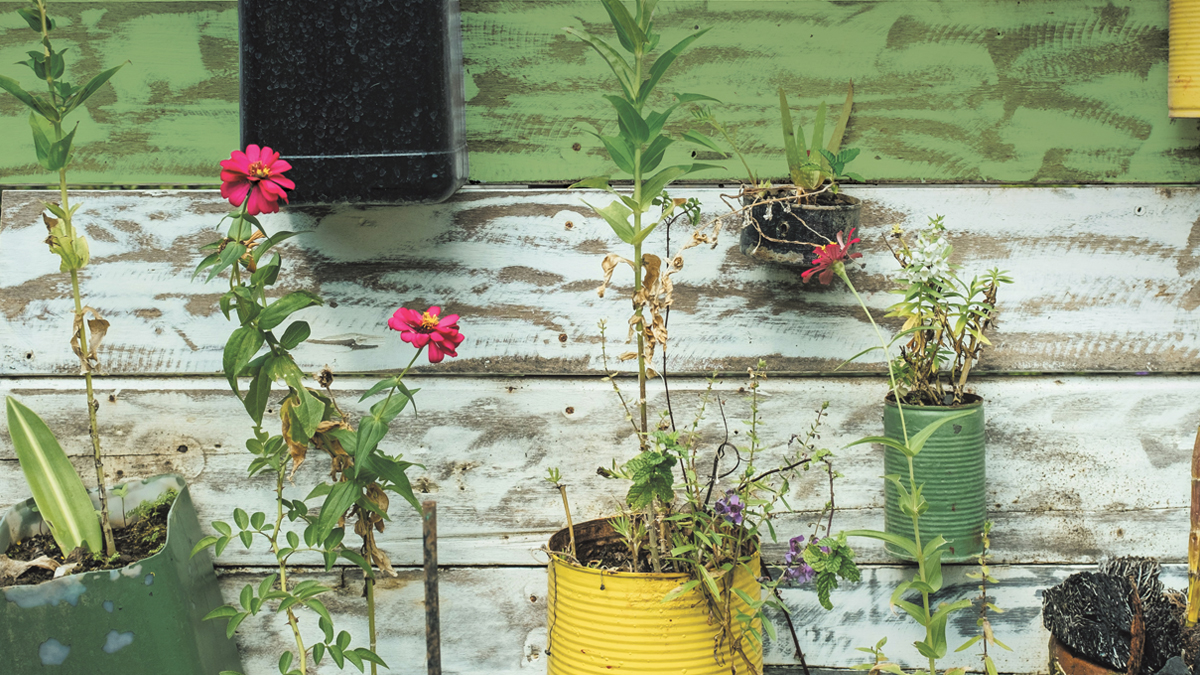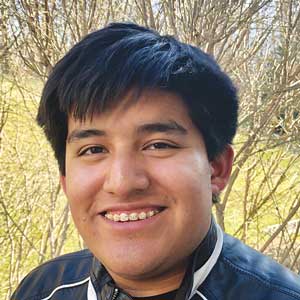
In keeping with Friends testimonies of simplicity and stewardship, Quaker cemeteries of New York Yearly Meeting (NYYM) have begun to “go green.” For many years, Friends have chosen cremation as the better option over filling the earth with the toxic chemicals used in embalming. Others, cognizant of the Muslim and Jewish prohibition of procedures involving “a desecration of the body,” have also chosen cremation. Cremation, however, uses non-renewable fuel and releases particulates into the air, making it a less-than-ideal green method. There is now a third alternative that is both simple and a practice of good stewardship of the Earth: green burials.

Green burials place the body directly in the ground. Contrary to widely held belief, embalming is not required anywhere in the United States. Burial vaults are also not required; they are merely a convenience for the cemetery because they keep the ground level for mowing. Green, or natural, cemeteries are open fields and woodlands, often with paths winding through the area. They allow people to pre-select their spot. An unobtrusive marker is permitted.
New York State requires that some kind of container be used for burial, although not every state does. The acceptable options have gotten greener in recent years, as well: cardboard coffins, do-it-yourself pine boxes, and woven wicker are a few of the available choices.
Some cemeteries in NYYM are enthusiastic about adopting the green option as a very Quakerly alternative to the less environmentally friendly methods. All were only recently made aware of the option and its legality. Green burials first started in Great Britain in 1993 and began in the United States a few years later. There is currently a green cemetery near Ithaca under the care of NYYM.
Green burials also support our testimony of integrity—truth saying and acknowledgment. During a meeting retreat on end-of-life decision making, one 92-year-old participant began a statement with “If I die . . . ” After the group stopped laughing, we all admitted that we often think about death along those lines. Grappling with the reality of death, making the appropriate decisions, and preparing the necessary arrangements ahead of time are all steps that are very much in keeping with our requirements for truth telling and having our affairs in order.
To learn more about green burials, there are a number of useful websites, including Be a Tree (www.beatree.com), the Green Burial Council (www.greenburialcouncil.org), and Green Burials (www.greenburials.org). Several have video tours of green burial cemeteries. I encourage meetings to explore this option. If your meeting does not have a cemetery, consider purchasing land to create a green burial option for Friends and others.





I have arranged to donate my body to the state anatomy board and what is left will be cremated and therefore take up little space.
At 63 yrs, and having had some close friends, some who were younger, die recently, we are aware that death faces everyone and we have little to say about when it happens. Some 30 years ago when buying our farm we knew we should also have some plans in place incase one of us had an untimely death. I bought a plot next to my parents in the cemetery of my childhood meeting house. Also we agreed that cremation would be most suitable, with both of us in the same plot, we also got married at this MM. While visiting the Unitarian Universalist church in Albuquerque, NM., I learned of a hollow Wall Memorial for those being cremated. The wall had an opening at the top, where ashes were entered to mix with those who came before. On the wall were small name tags for the individual. I thought this was a nice option, it works for an in town church.
I have learned that many churches and MMs limit the number of cremation urns placed in one plot. This I think is a waste of good land, even if there seems to be a lot of room in the cemetery at the moment. There would seem to be at least 4 corners to a plot, or by placing one resealable tube in the ground, multiple ashes could be deposited in one site.
The Green nature of the article, sounds nice, but I wonder about the bones left behind. We have an old country cemetery nearby our farm and now and then a ground hog will unearth some bones in their effort to locate their home amongst the dead.
Thanks for keeping the Friends Journal available all these years. We have subscribed off and on as our situation has changed, but hope to continue our subscription now.
[…] that have been repurposed for activities deemed more practical to the living. The philosophy of green burial is catching up with Quakers’ practice, a fascinating […]
What a beautiful article by Anita Paul.
At quakergreenburials.org, Lampeter Green Burial Grounds is reusing unmarked graves from 1749 to 1860. After being alone for over a century, the bones of these old Friends are finally getting some company. The grave is hand dug. If we run into the bones of a deceased Friend (so far none), we will follow European grave rent policy and set the bones aside for the new shrouded remains. For Marianne Whitlock, the ladies dug down three feet, as required by the PA Dept. of Health for shroud burials since 1900. That puts two feet of earth (hard clay) on top of one foot of shrouded remains on a 3/4 inch board (to keep the body level and allow walking with three 2 X 4’s crosswise underneath). Everyone gets some arbor vitae leaves to throw on top, husband first. Then her husband started closing the grave, followed by her children. Subsidence was around 2 inches two years later, which is 3 cubic feet of dirt. I fill in at the end of March so the grass seed can germinate before mowing. By choosing green burial, you are helping to pay for cemetery maintenance (we do not use funeral directors), and not contributing to global warming as your final good by. Before 1860, every Quaker had a green burial. So, we are being very traditional.